A venue where AC/DC played, a hospital where Vera Brittain wrote and the largest glassmaking company in the world are the newest additions to the Victorian Society Endangered List
Every building has a unique story and they are all in danger of being lost, the heritage society warns, unless we act now to save them.
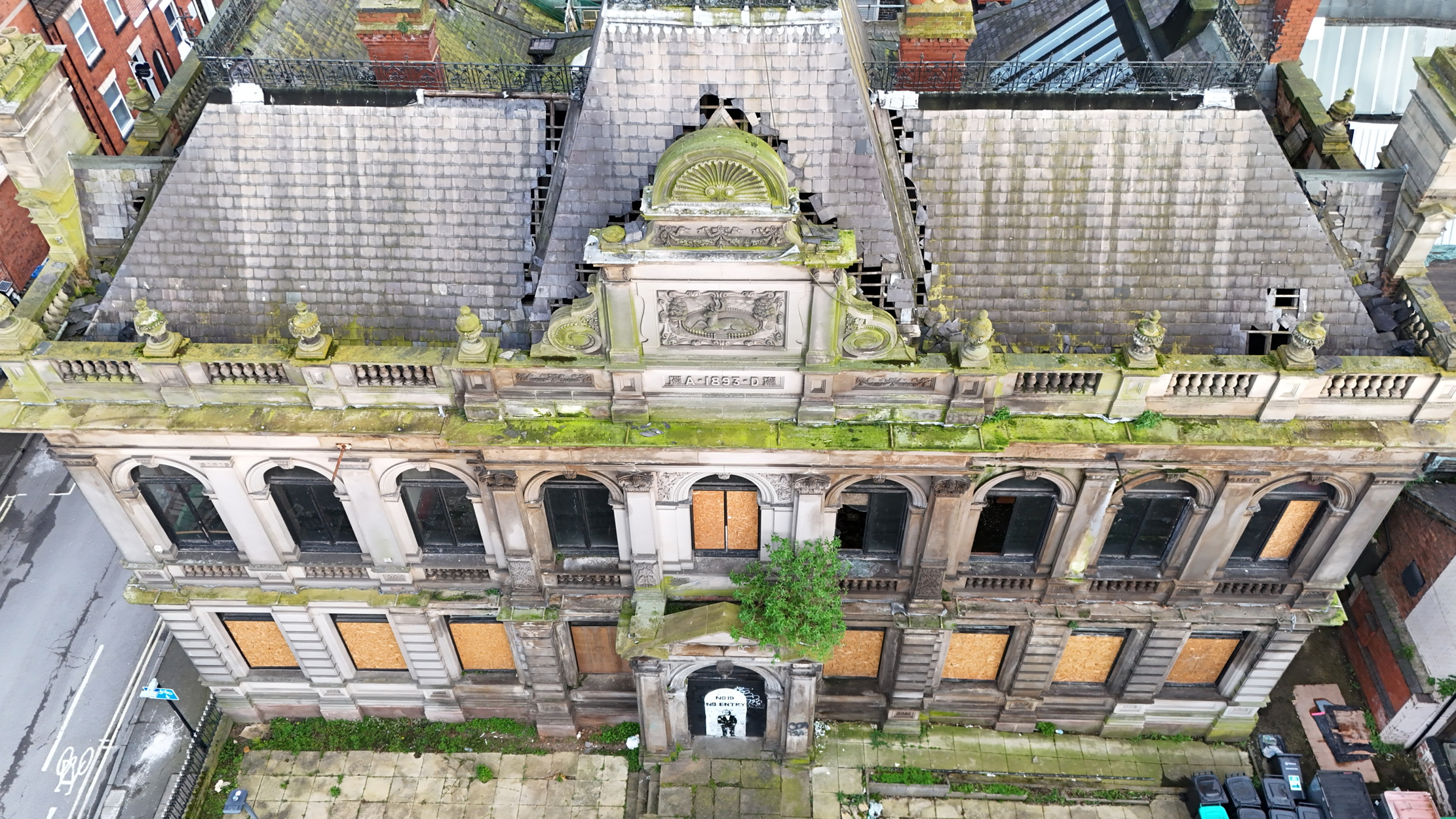

In 1904, when the first £1 million cheque was signed in the Cardiff Coal Exchange, no one could have imagined that, 120 years later, the French Renaissance-inspired building would be falling into ruin. It now numbers among the Victorian Society’s latest Top Ten Endangered Buildings, announced today.
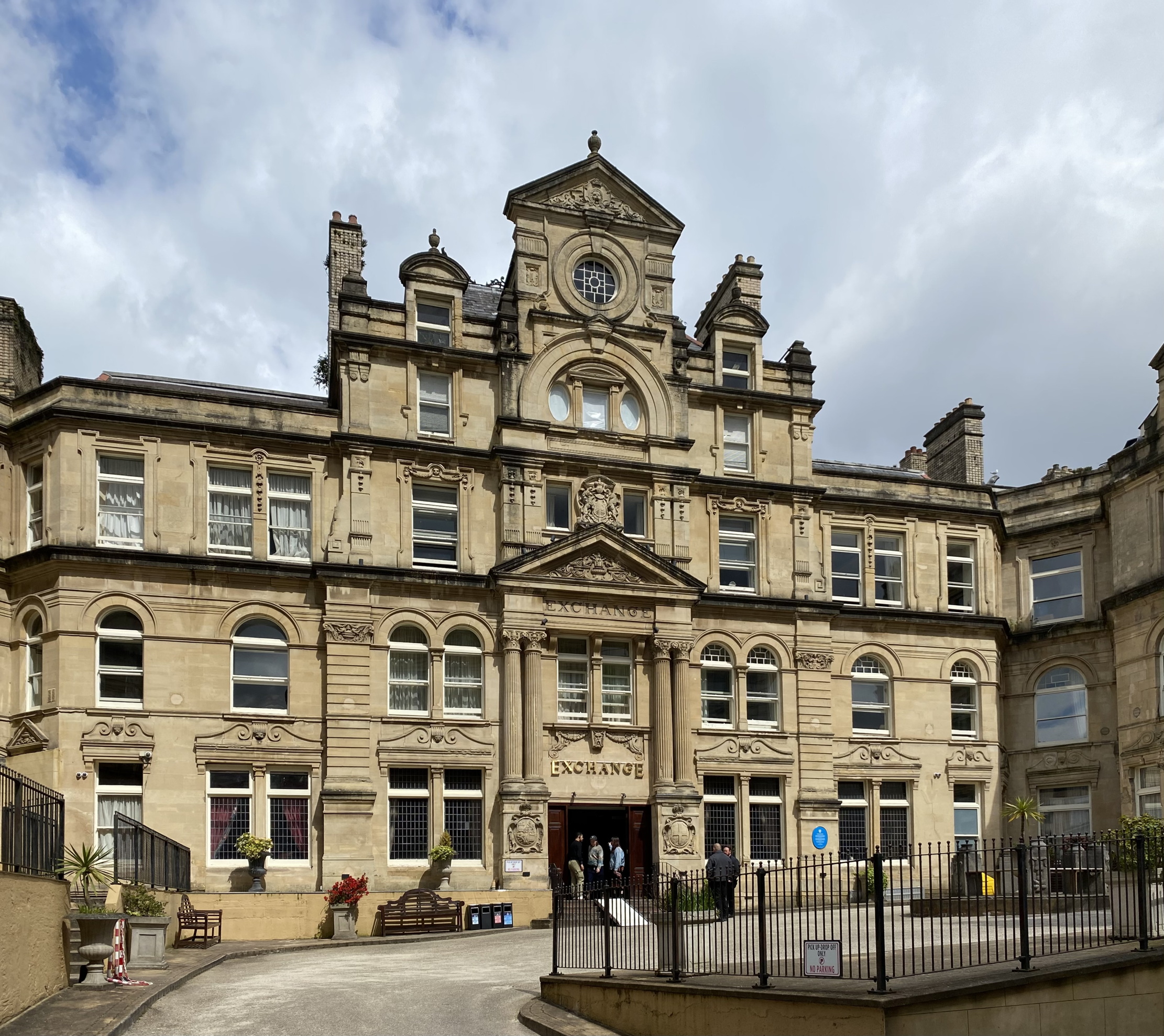
‘The Coal Exchange is Cardiff,’ laments society president Griff Rhys Jones. ‘It symbolises the power that built this city and the story of King Coal. Not only that — it is loved. Both as a building and a very successful hotel. It has been structurally damaged by foolish plans to modernise, but is not irreparable and the society is demanding that a proper plan to care for one of Wales’s most important 19th-century buildings gets on the table.’
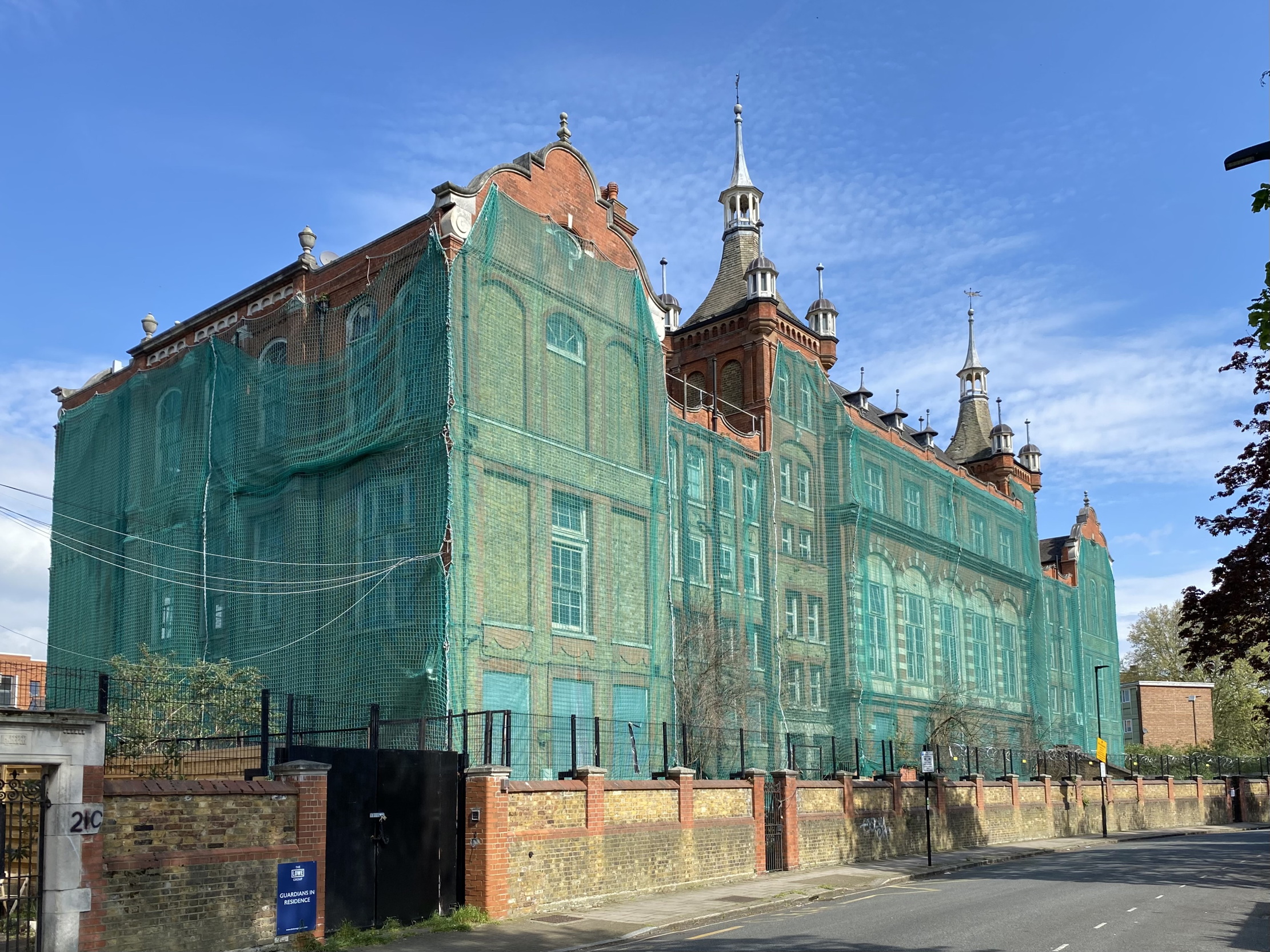
Kennington Boys School in Lambeth, SE5 has also been named. It was the first posting for Testament of Youth author Vera Brittain as a VAD (Voluntary Aid Detachment) nurse; serving there, she wrote her poem A Military Hospital and she described it as ‘one of the few distinguished buildings in the dismal, dreary, dirty wilderness of south London’. Owned by the Lambeth council, the school is not weathertight, it is water damaged, has been on the Historic England At Risk Register since 2016 and its condition was most recently described as ‘very bad’.

Southend-on-Sea’s Kursaal Palace in Essex — with a tower some might recognise from a 2011 postage stamp — is an East Anglian landmark, created by George Sherrin, the architect responsible for finishing the London Oratory’s dome. Thought to be the world’s first purpose-built amusement park, with, once upon a time, a circus, ballroom, arcade, dining hall, billiard room, zoo and ice rink (and, later, a casino and bowling alley), its only occupant is now a Tesco Express.
The outdoor space, long since sold off for housing, was substantial and used to host Southend United football games, ‘Wall of Death’ motorcycle rides and greyhound races. Before it was demolished, the ballroom resounded with big dance band music of the 1920s, as well as Queen, Mott the Hoople, Ozzy Osborne and Black Sabbath, Deep Purple, Thin Lizzy, Dr Feelgood, John Cale + The Boys, Cockney Rebel and AC/DC. ‘It’s an exhilarating building,’ says Mr Rhys Jones. ‘It has more embedded value, commercially and collectively and as a great entertainment complex than it could ever have as a derelict site… It’s time for the stakeholders to try a new approach.’

Others on the list include John Dobson’s Jesmond Dene Banqueting Hall, Newcastle upon Tyne; an Arts-and-Crafts lawn tennis pavilion of 1885 at Scarborough, North Yorkshire, owned and near abandoned by the Scarborough College Company; and St Luke’s Chapel, once part of the Bagthorpe Workhouse and used by Nottingham City Hospital as a storage area for decades — the society hopes it can be returned to its intended use.
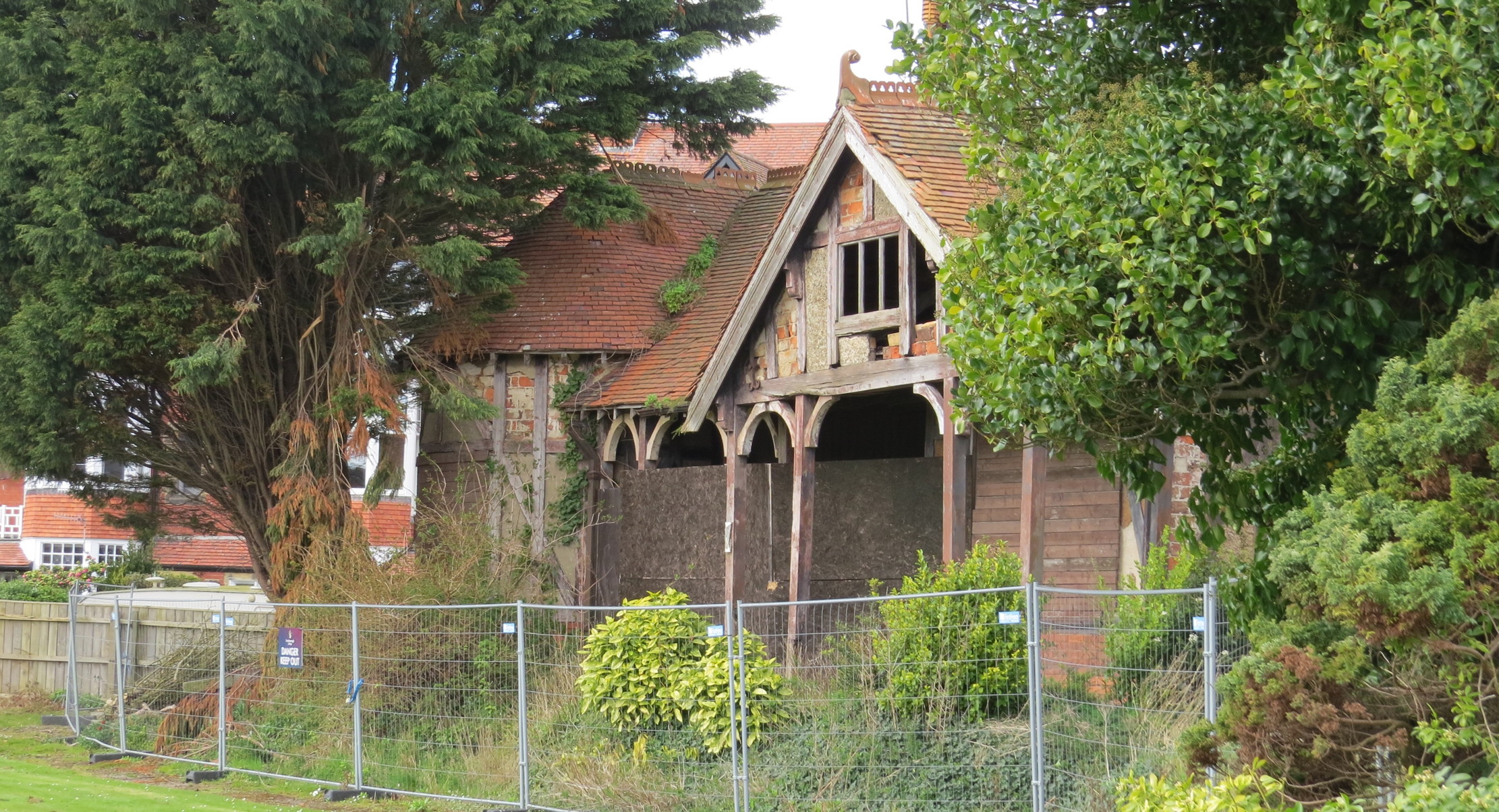

Chances Glassworks at Smethwick, West Midlands, with nine Grade II-listed structures and once home to the largest glassmaking company in the world, which developed the first cathode ray tubes for radar and television, returns to the Endangered list for the second time. The site has been derelict for more than 40 years. There is a trust running a £25 million regeneration scheme for an urban village, but further funds are required.
Exquisite houses, the beauty of Nature, and how to get the most from your life, straight to your inbox.
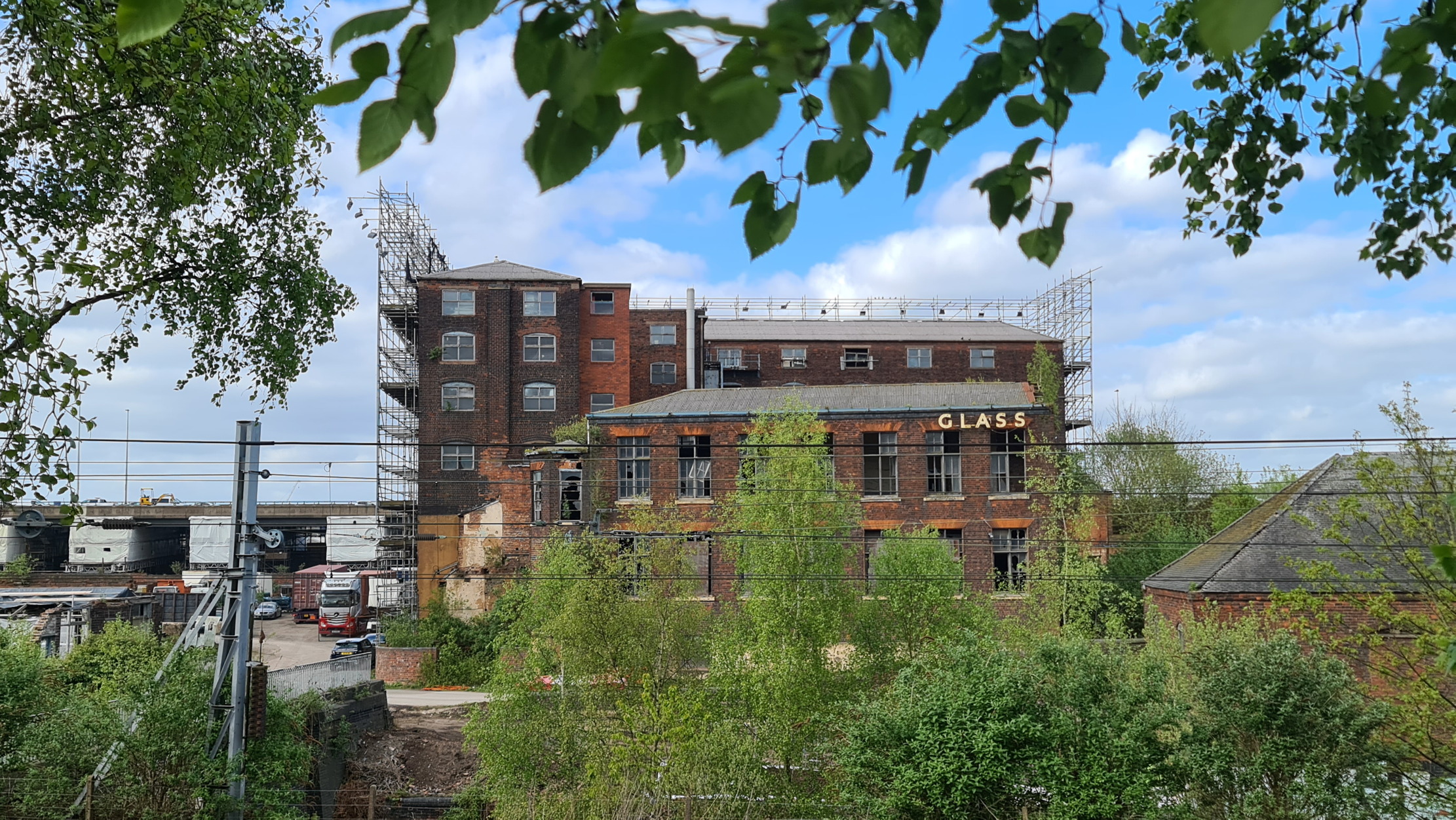
Also at risk are a Gothic villa in Devon; Norman Shaw’s St Agnes’ vicarage beside ‘the most beautiful Victorian church of Liverpool’, in Pevsner’s words; and a Renaissance-style palazzo in Derby (main image) with many former lives, including government offices and a nightclub, but now lacking any vitality save for buddleia sprouting through walls. ‘It’s a familiar story,’ says Mr Rhys Jones of the last. ‘An ownership that doesn’t seem to notice its terrible decay.’

Credit: The Historic England Archive, Historic England
The historic sites that have been saved for the nation, as the Historic England 'at risk' register shares the good news
From Battersea Power Station to Plumpton Rocks and a Victorian public loo on Lamb’s Conduit Street, more than 200 historic
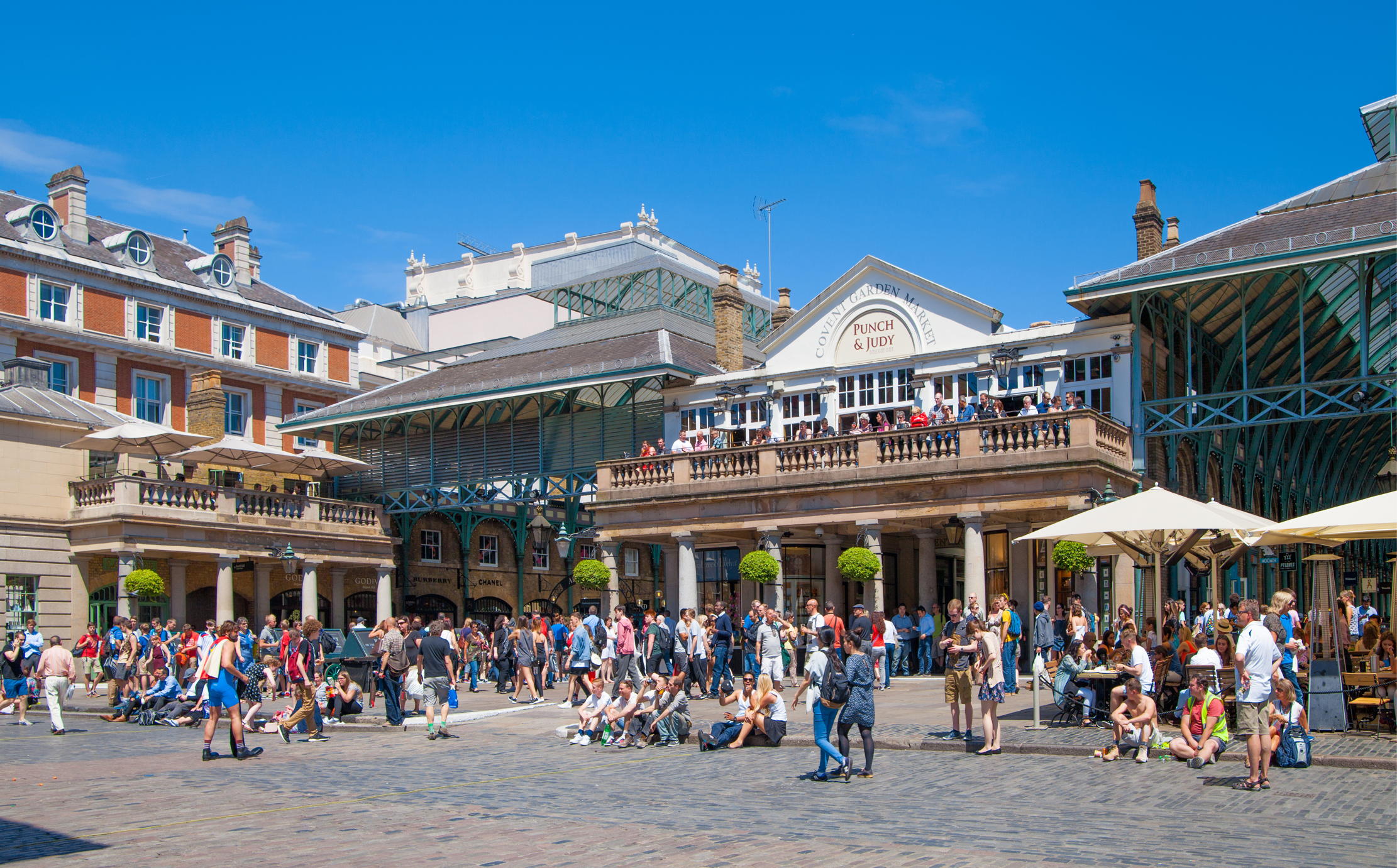
The history of Covent Garden: 500 years of the world's most famous market
It’s half a century since Covent Garden’s eponymous market travelled south of the River Thames, but it did little to
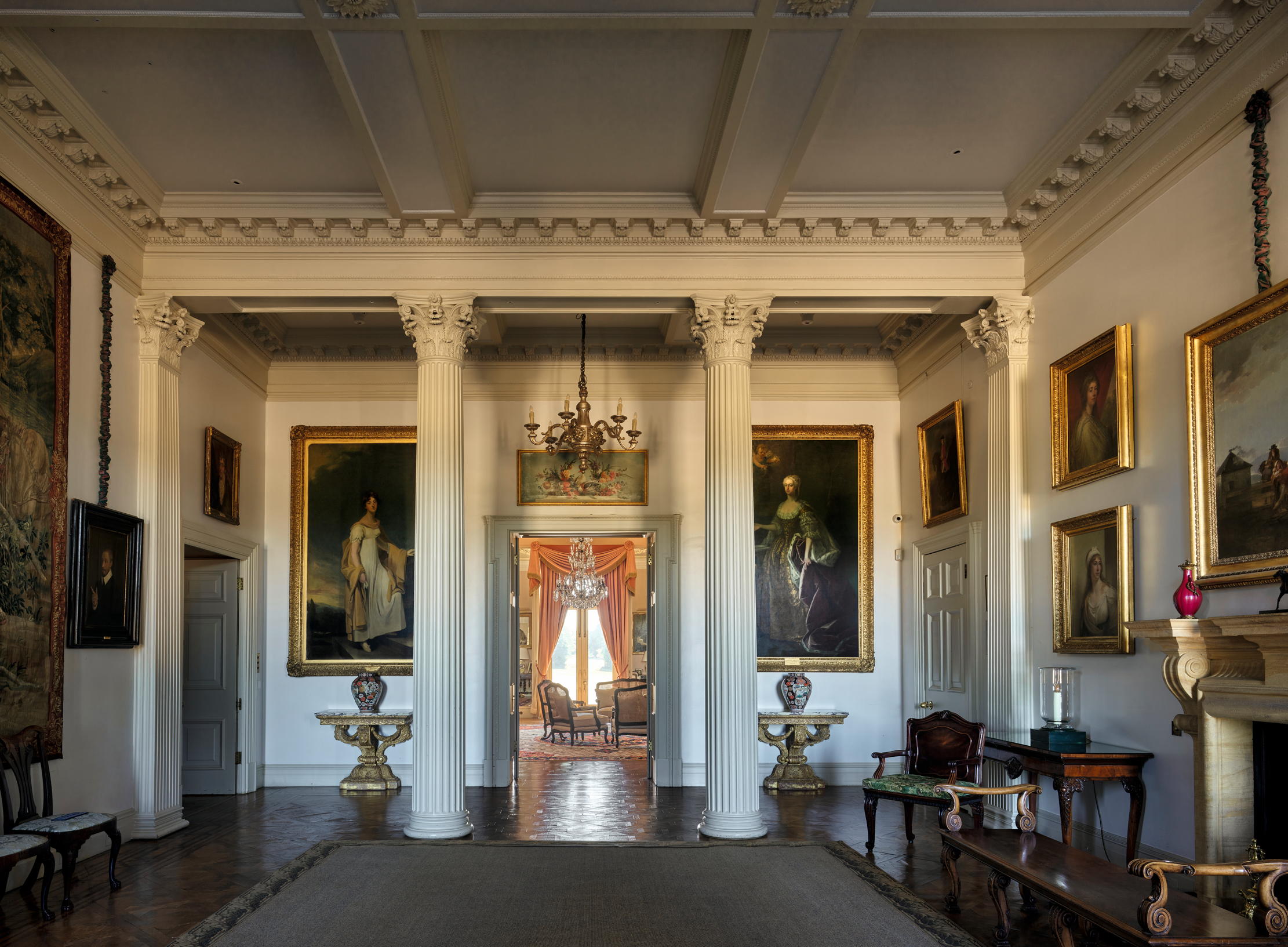
Stansted Park in the 20th century: The private made public
John Goodall traces the 20th-century evolution of Stansted Park, West Sussex, and its current revival in the care of an
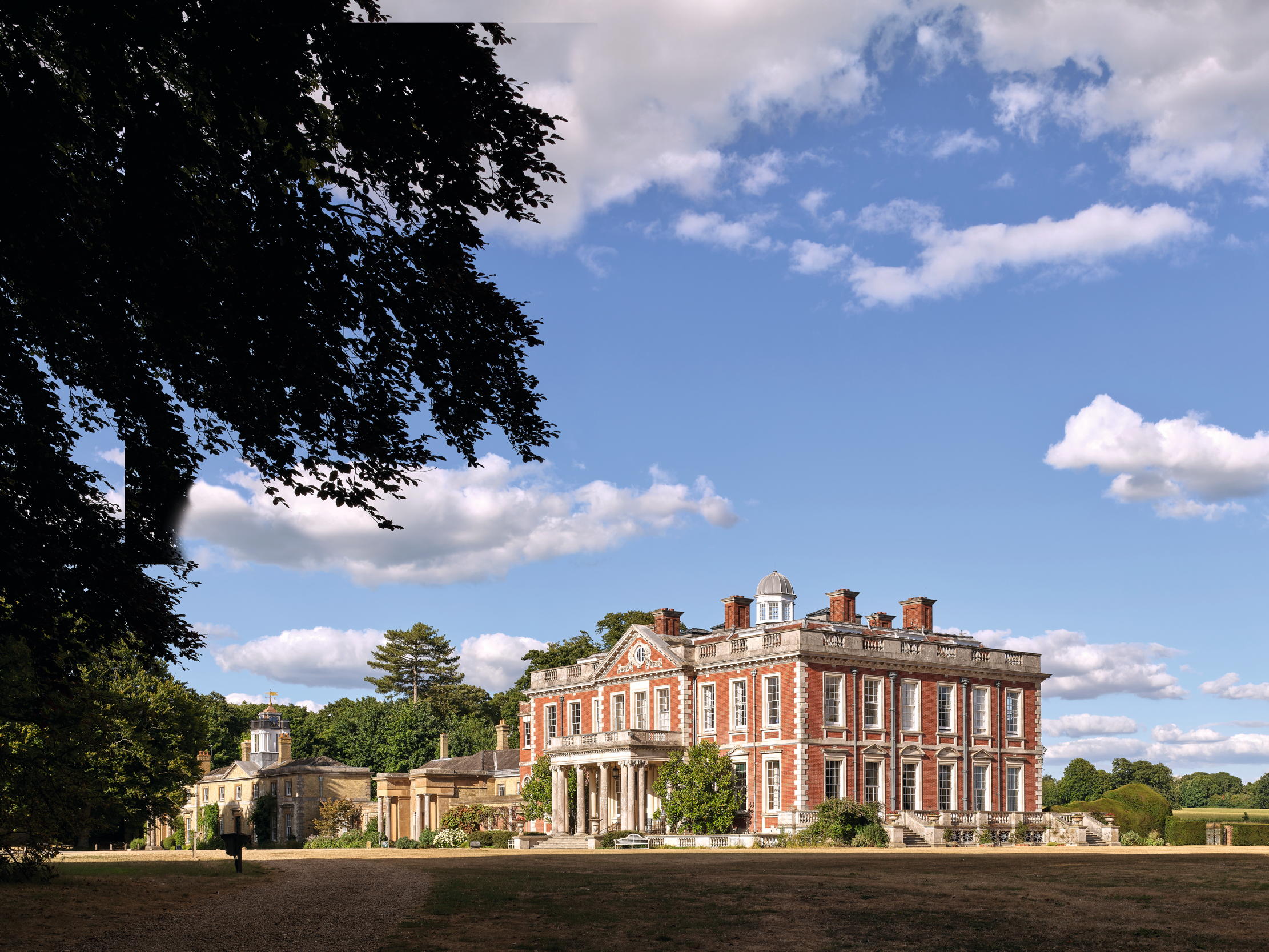
Stansted Park, West Sussex: From royal favourite to stranger’s heir
John Goodall looks at the stages by which a medieval hunting lodge developed from the 17th century to become a
Annunciata is director of contemporary art gallery TIN MAN ART and an award-winning journalist specialising in art, culture and property. Previously, she was Country Life’s News & Property Editor. Before that, she worked at The Sunday Times Travel Magazine, researched for a historical biographer and co-founded a literary, art and music festival in Oxfordshire. Lancashire-born, she lives in Hampshire with a husband, two daughters and a mischievous pug.
